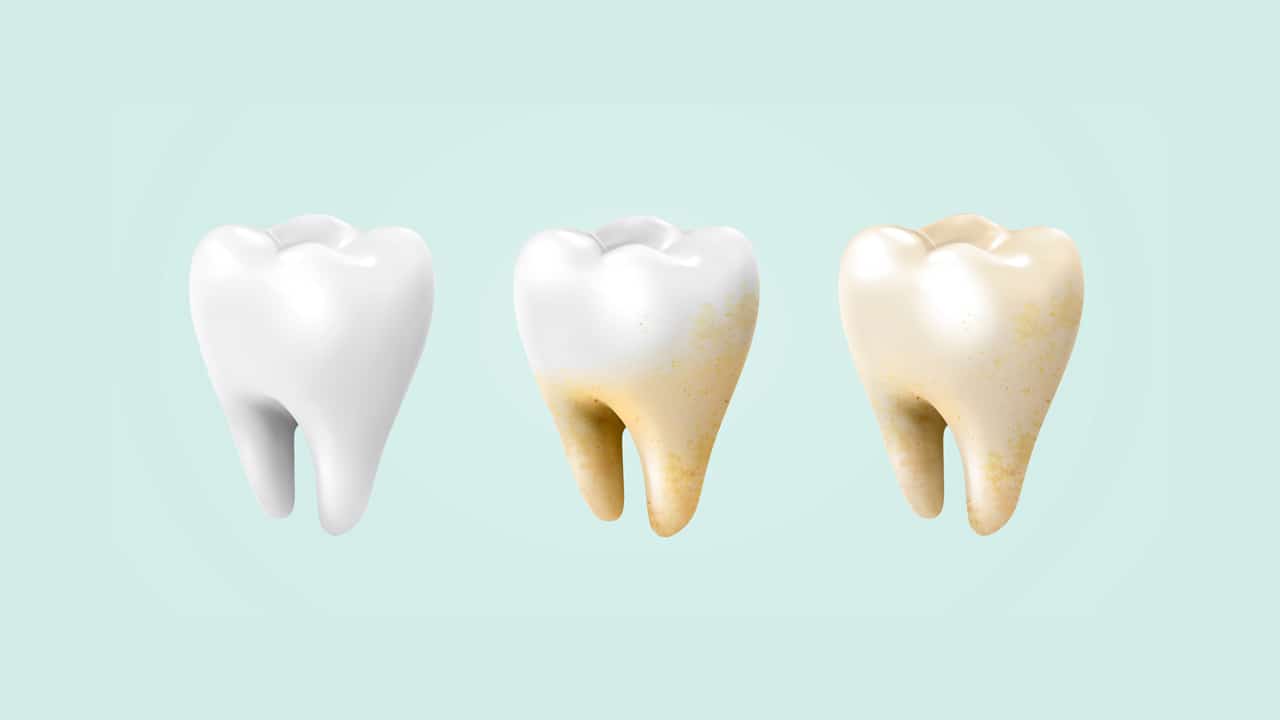
Are your pearly whites not entirely as white as you’d like them to be? Have you noticed a grey or yellowish tint on your teeth? Discolored teeth can cause even the most confident of folks to feel self-conscious while smiling, laughing, or talking.
Tooth discoloration is widespread and can happen to anyone. For some dental patients, foods and beverages may cause staining. For others, it could be certain lifestyle choices, such as using tobacco products. How can you prevent tooth discoloration? In the sections below, we’ll outline the most common reasons teeth become stained.
Dietary choices
This is the easiest way to combat tooth discoloration. Making smart choices in the foods you eat and the beverages you consume directly impact your teeth. This is because foods and drinks highly acidic will wear down your enamel (the white, protective layer that surrounds your teeth).
As enamel wears down, the yellow dentin layer becomes more visible, causing a yellowish tint. Weakened enamel also makes it easier for surface stains to stick. This creates deep-set stains that only a professional whitening treatment can remove.
Limiting these foods can go a long way in keeping teeth as white as possible:
- Berries
- Tomato-based sauces
- Red wine
- Coffee
- Sports and energy drinks
- Carbonated beverages
- Tea
- Soy sauce
- Balsamic vinegar
Not surprisingly, candy also plays a significant role in tooth discoloration. Sugar converts to acid, which wears away enamel, but certain additives are also to watch out for when it comes to staining. Many gummy or hard candies contain dyes that stain teeth, and chocolate may cause mild staining.
You can avoid tooth discoloration without cutting out your favorite pasta dish or your daily coffee. Try drinking more water during and after a meal to wash away stain-inducing food particles. Another trick is to sip your coffee or tea through a straw to minimize acidity and use mouthwash throughout the day to strengthen enamel.
Lifestyle choices
Tobacco use is a primary cause of tooth discoloration, particularly for those who use smokeless tobacco. This is because tobacco products contain tar and nicotine, which create deep-set yellow staining. Although over-the-counter whitening products can be effective, most dental patients need a professional whitening treatment to undo tobacco stains.
Dental hygiene
If left untreated, plaque turns into tartar, which can cause a yellowish stain on teeth. The best way to keep teeth plaque-free is to brush, floss, and rinse with mouthwash each day. Of course, some medical conditions may make plaque and tartar removal difficult. Diabetes, hormonal changes, dry mouth, metabolic diseases, genetic diseases, and even certain medications could make it easier for tartar to form. Maintaining a regular dental checkup schedule can ensure that stubborn plaque and tartar are removed as soon as possible.
Aging
Enamel naturally weakens as we age, making it easier for teeth to become discolored through staining or visible dentin. While aging teeth tend to be more sensitive, the good news is that whitening treatment are still an option. Talk to your dentist to determine if whitening toothpaste or a professional whitening treatment is right for you.
Don’t let tooth discoloration hold you back from enjoying life to the fullest. There are plenty of ways to reverse staining and even avoid tooth discoloration altogether! Let your pearly whites shine with expert whitening treatments at Aurora Dental Group. We’ll be happy to create your personalized treatment plan for a healthy, gleaming smile.
